Sparkly, Dazzling, Captivating gift from nature which captivates us since centuries and people all over the world have been enchanted by the mysterious allure of the Diamonds. But have you ever wondered the process behind producing diamond jewellery?
It all starts with DIAMOND MINES.
As you may imagine, the process of mining diamonds is quite complex!!
MINING does not end with the extraction of the rough diamonds. It is indeed a very long and expensive process. A great deal of money is spent locating and retrieving these diamonds, and a tremendous amount of money and expertise goes into transforming these rough stones into shimmering gems which we love to adorn!
Let us understand the Mining Process, which will surely help us to appreciate our Diamonds more!
Very specific volcanic eruptions called kimberlite eruptions brought the diamonds from the earth’s mantle to the surface over a hundred million years ago. Even once these kimberlites deposits are discovered, much work needs to be done before the mining process is complete. Heat and pressure from the earth crystallize carbon into rough diamonds.
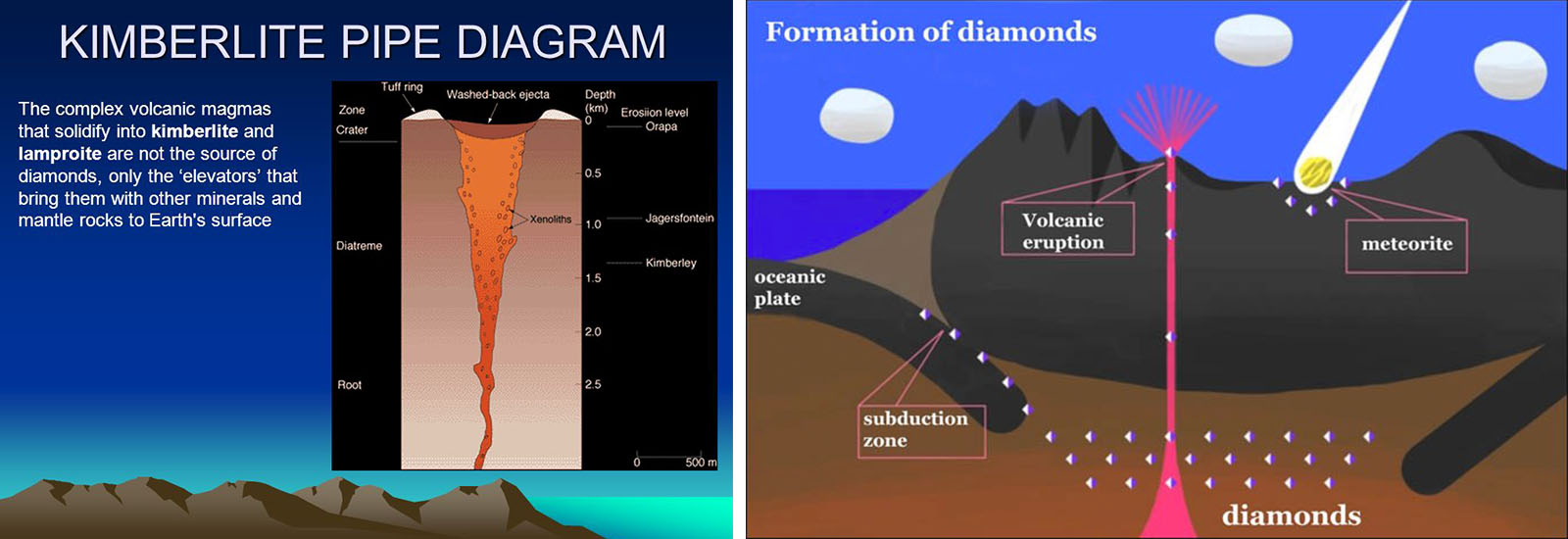
Diamonds are mined from Kimberlite through three types of mining:
1) Alluvial Mining:
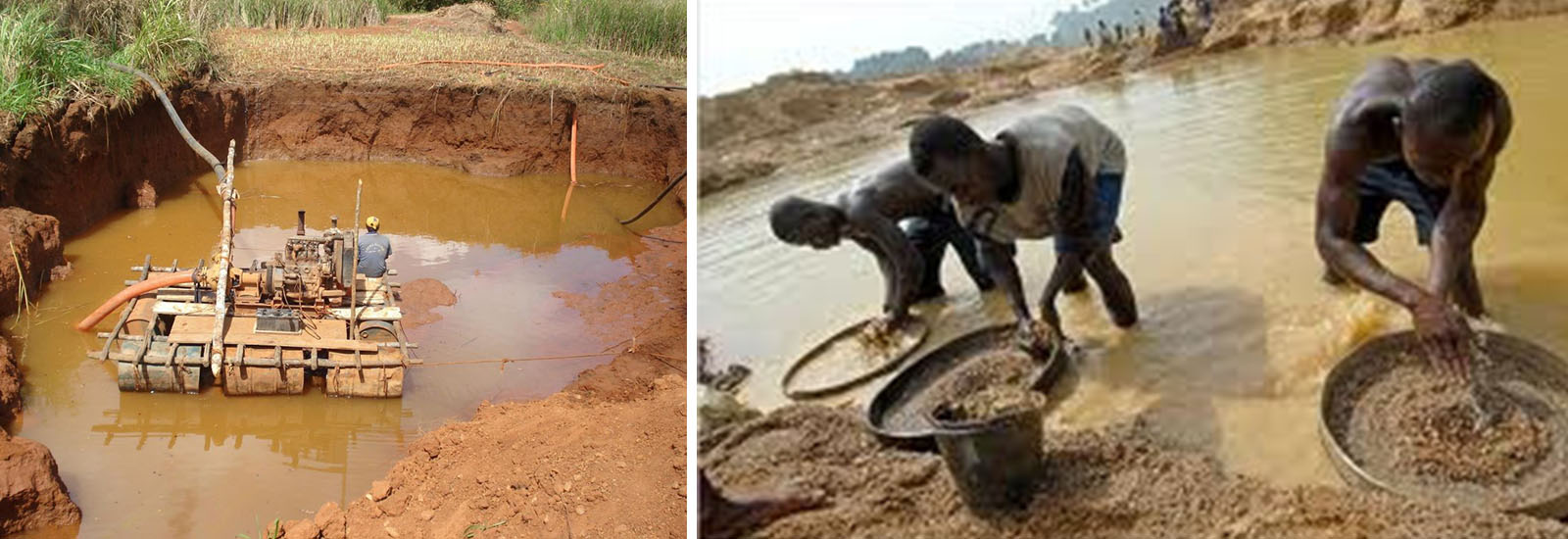
Over thousands of years, the kimberlite pipe that reaches the Earth’s surface is eroded and weathered by wind, rain, rivers and streams. The eroded kimberlite bears rough diamonds, which are carried downstream. The first diamonds discovered in South Africa were from alluvial deposits. Today, industrial alluvial mining involves building a large wall to collect the water in one area. Diamonds are often found in the gravel layer, which collects under layers of other material, such as mud, clay and underwater plant-life. Once the gravel is collected, it is hauled to the surface and prepared for processing.
2) Marine Mining.
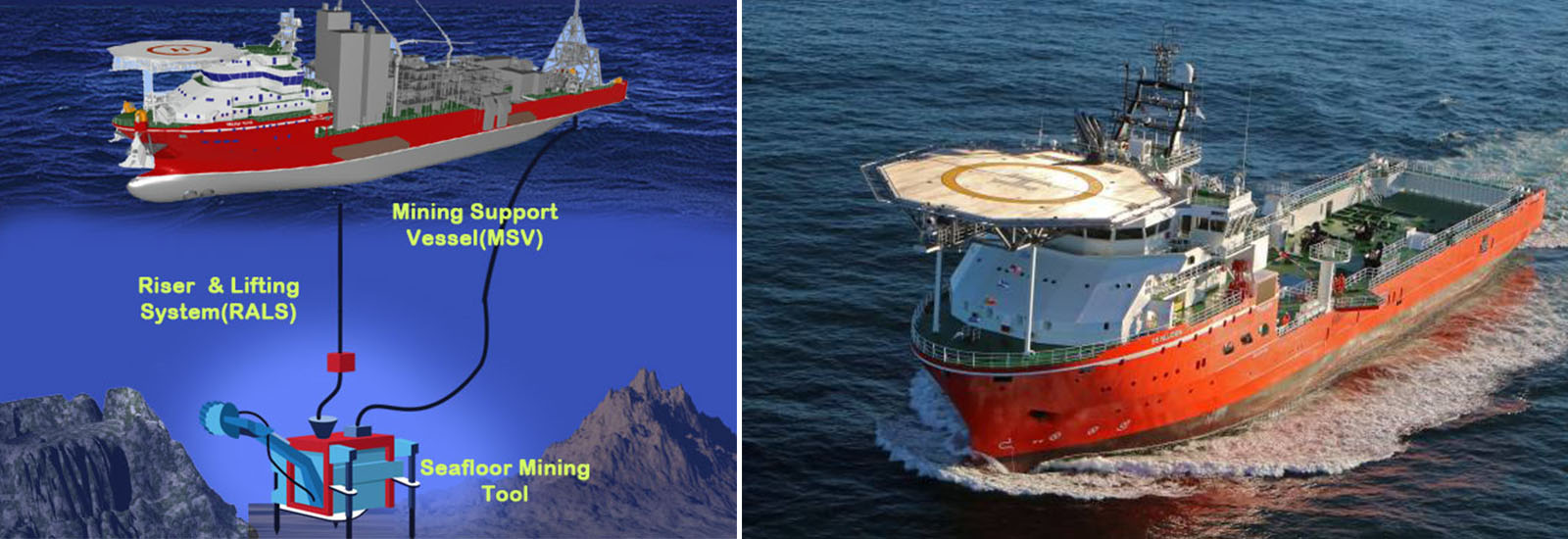
Marine mining involves extracting diamonds from the seabed, hundreds of meters under water. The earliest form of marine mining entailed shore diving, where a swimmer would collect diamond bearing gravel from the shallow seabed. Today technology has evolved to specialised ships that mine for diamonds deep out at sea. These specialised ships use a powerful crawler that sucks gravel on the seabed up through flexible hoses/pipes. Alternatively, they use a large scale drill mounted to the ship to excavate diamonds.
3) Pipe Mining
There are two types of pipe mining, namely open-pit mining and underground mining.
Underground Mining
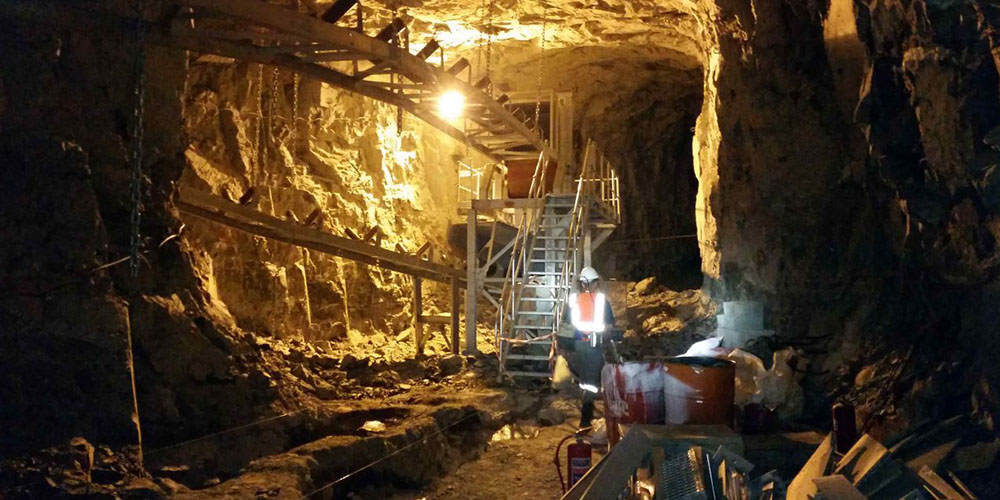
Miners tunnel through Earth’s crust to the kimberlite pipe. Tunnels are constructed in two levels, one above the other with funnels built to connect the two. Mining begins on the top level by blasting ore, which falls through the funnels and collects on the second tunnel. Here, loaders collect the broken ore and bring back to the surface for processing.
Open-Pit Mining
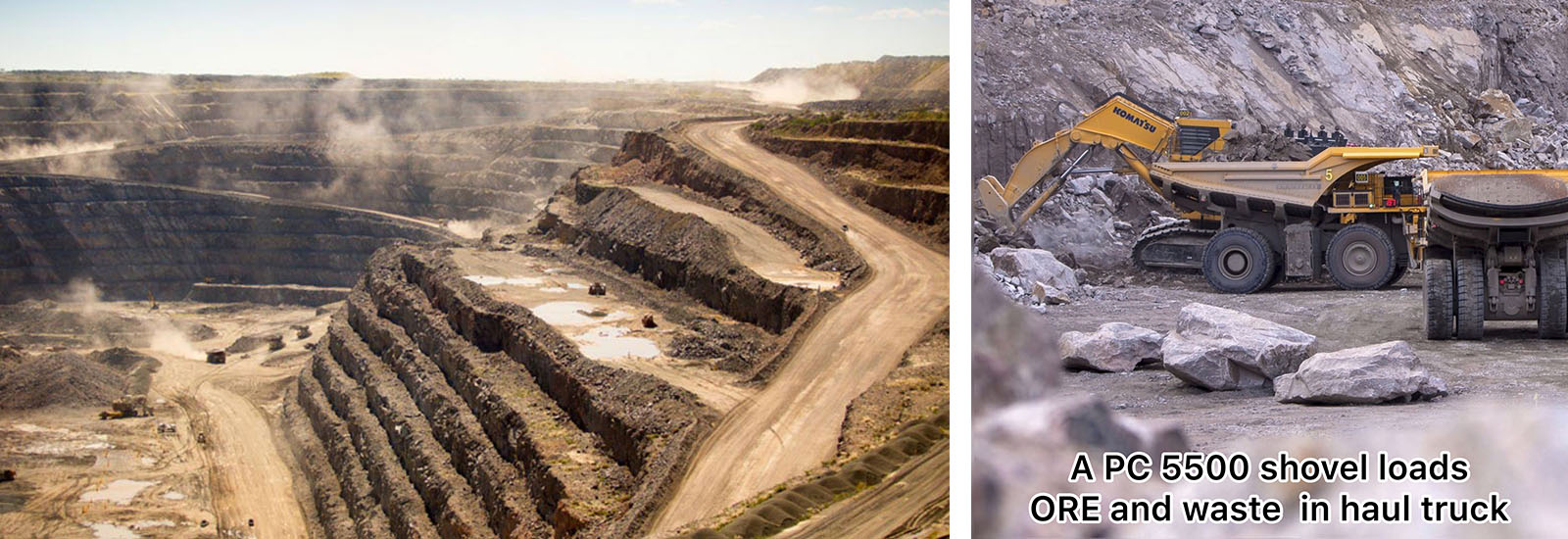
This involves removing the layers of sand and rock found just above the kimberlite. Once exposed, the ore in the pit is broken up by blasting. A single blast can break approx. 3,000 tonnes of ore. Once the ore is broken, excavators load the ore into haul trucks and transport it to a primary ore crusher where the diamond extracting process begins. The Kimberley Big Hole is an example of open-pit mining.
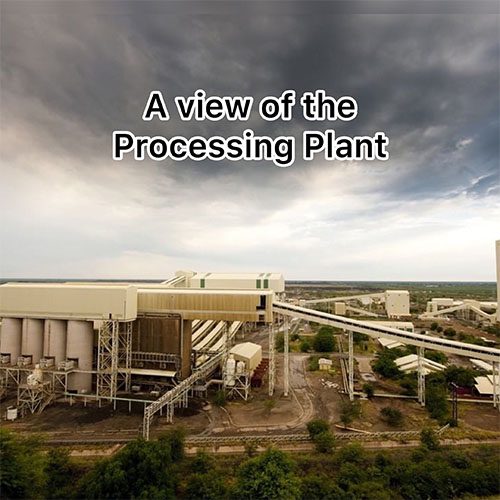
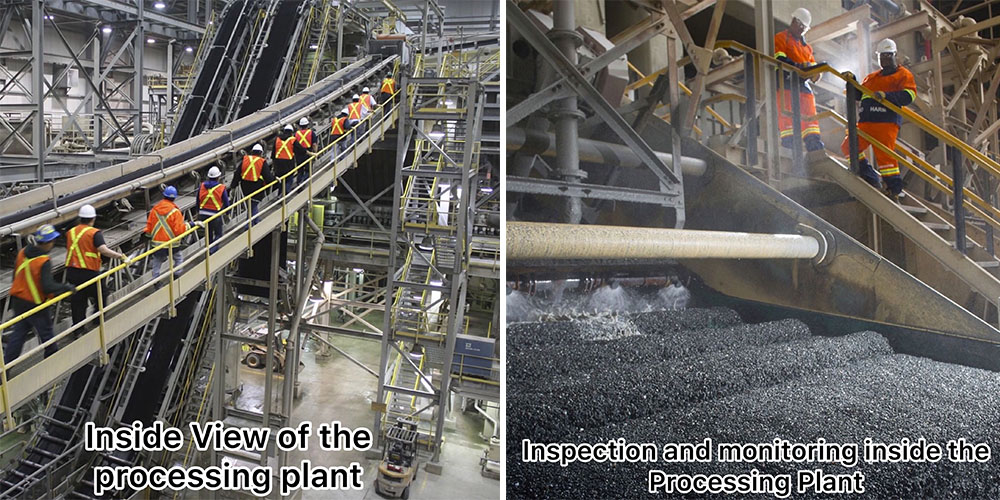
Diamonds are recovered from ore in 5 stages:
Stage 1 – Crushing
Once the diamond bearing ore and gravel is collected, it is transported to a primary crusher. The primary crusher is responsible for reducing the size of the ore into smaller, more manageable pieces or chucks measuring no larger than 150mm. A secondary crusher, known as a roll-crusher, may also be used to reduce the size of the ore even further.
Stage 2 – Scrubbing
In this stage, the ore is scrubbed to remove loose excess material and is screened. Material smaller than 1.5mm is discarded because it is too costly to extract diamonds from such a small piece of ore.
Stage 3 – Cyclonic Separation Plant
During this stage, the diamond-bearing ore is mixed with a solution of ferrosilicon powder and water, which is measured to a specific relative density. This solution is fed into a cyclone, which tumbles the material and forces a separation. Materials with a high-density sink to the bottom, which results in a layer of diamond-rich concentrate.
Stage 4 – Recovery
Here, the diamond-rich concentrate is put through a series or processes involving magnetic susceptibility, X-ray luminescence and crystallographic laser fluorescence that are calculated based on the specific properties of diamonds. These processes are designed to separate the rough diamond from any other heavy density materials collected by the cyclonic separation plant. For example, a diamond’s fluorescence when exposed to an X-ray. Sensors detect flashes of light emitted by the diamond and send a signal to a microprocessor that fires a blast of air at the diamond, which spits it into a collection box.
Stage 5 – Cleaned, weighed and packaged.
The diamonds collected in the recovery process are cleaned in an acid solution, washed, weighed and packaged in sealed containers for transport. In accordance with the Kimberley process, these containers are sealed with a tamper-resistant seal, numbered on site, and a certificate of origin is issued.
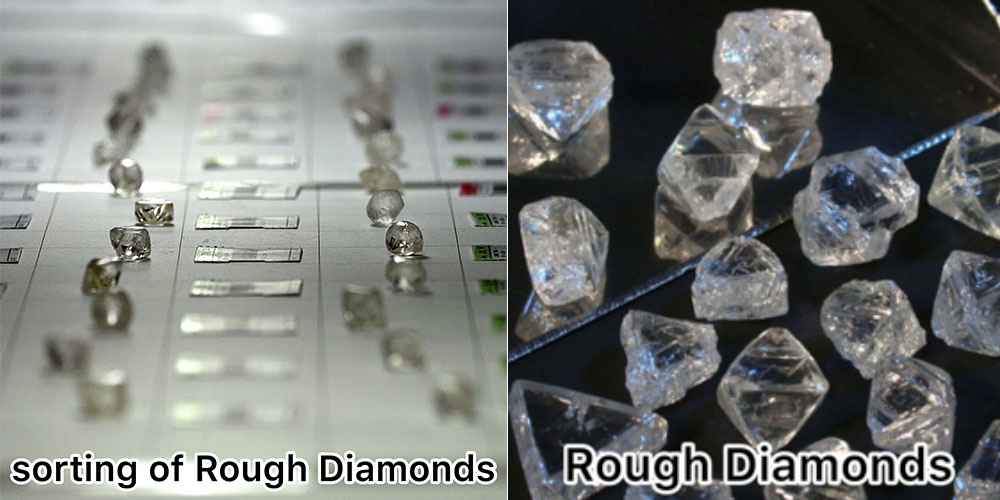
Mining can be an environmentally-intensive process, the companies are carrying out activities to protect the environment such as replenishing native soils and grasses, cleaning excess waste, proper waste removal, site inspections and replanting trees and natural forestry.
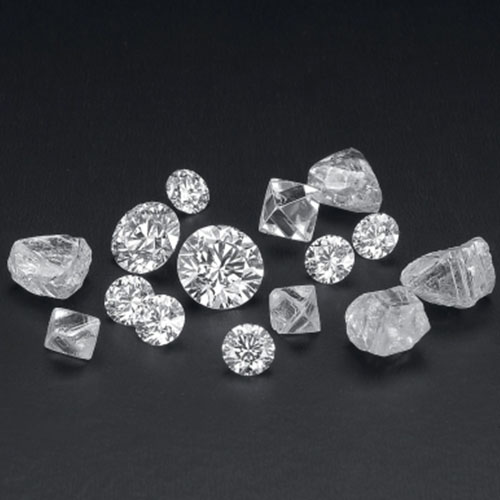
The next time you look at your beautiful diamond engagement ring or a diamond necklace, imagine how much work it took to come across such beautiful gems!

Its rare for me to discover something on the net that is as entertaining and intriguing as what you have got here. Your page is lovely, your graphics are great, and whats more, you use source that are relevant to what you are talking about. Youre definitely one in a million, good job!
awww thank you!
Hi,great blog post. Infos are very usefull and saves me huge amount of time which I spend on something else instead of searching posts like this Thank you
Thank you!
I’m impressed, I must say. Actually rarely do I encounter a weblog that’s each educative and entertaining, and let me let you know, you have got hit the nail on the head. Your concept is excellent; the difficulty is one thing that not sufficient people are speaking intelligently about. Im very pleased that I stumbled throughout this in my seek for something relating to this. http://www.piano.m106.com
Thank you!
I truly appreciate this article post.Much thanks again. Really Great.
Thank you so much